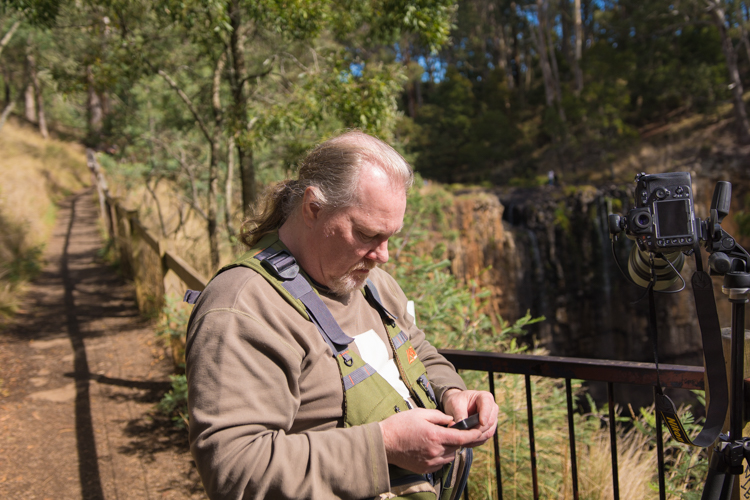Normally a post on photography would be going on Shards of Arcadia but in this instance I’ll put it here for the moment as it’s more a summary, and I think I will be adding a “Techniques” page to Shards of Arcadia when I want to expand on it.
I suppose the important point for me today about this is that I was reading some photography sites, and stumbled across a technique for enhancing the Depth of Field (DoF) for Macro & Landscape shots. Now this technique’s probably no surprise to the more experienced Macro shooter than myself, but I was blown away by what it will offer me. I’ve struggled with how to achieve “maximum” DoF with my Macro shots, and have often been wondering how others achieve considerably better results. Was it the gear? Well no, they were using gear of a similar calibre. Was it far more light? Once again not particularly. I’ve bought a flash ring and although it helped to some degree, it brought with it some other problems even though it resolved the difficulty of lack of light and using small aperture. It seems that there’s a technique / process that’s called by a number of names, but I found it first as “Focus Stacking”.
Without going into a too technical diatribe that most of you will be completely bored with, I’ll simply outline the process. Some of you may be familiar with High Dynamic Range (HDR) Photography. It produces a striking image by the crafting together of multiple shots of the same scene or subject at different exposures, to create a composite image with a greater dynamic range overall than any single original shot. It creates some very powerful and wonderful shots. “Focus Stacking” is conceptually similar in that you take a number of shots of the same scene but shift the focus point ever so slightly for each individual shot. Once again software is used to “composite” all these shots into one image that reflects the multiple focus points thus representing a greater DoF.
So what you say? Well for those of us who enjoy Macro photography which is probably most notable for it’s “detail”, it’s a boon! You’re able to present the viewer with an image which has more of the subject in focus and more of that interesting detail to be seen. Of course outside of the software to combine the images, not much is really needed to make this happen. However to do it extremely well, I see a number of additional pieces of hardware coming down the track. More on that later.
I’m excited!
